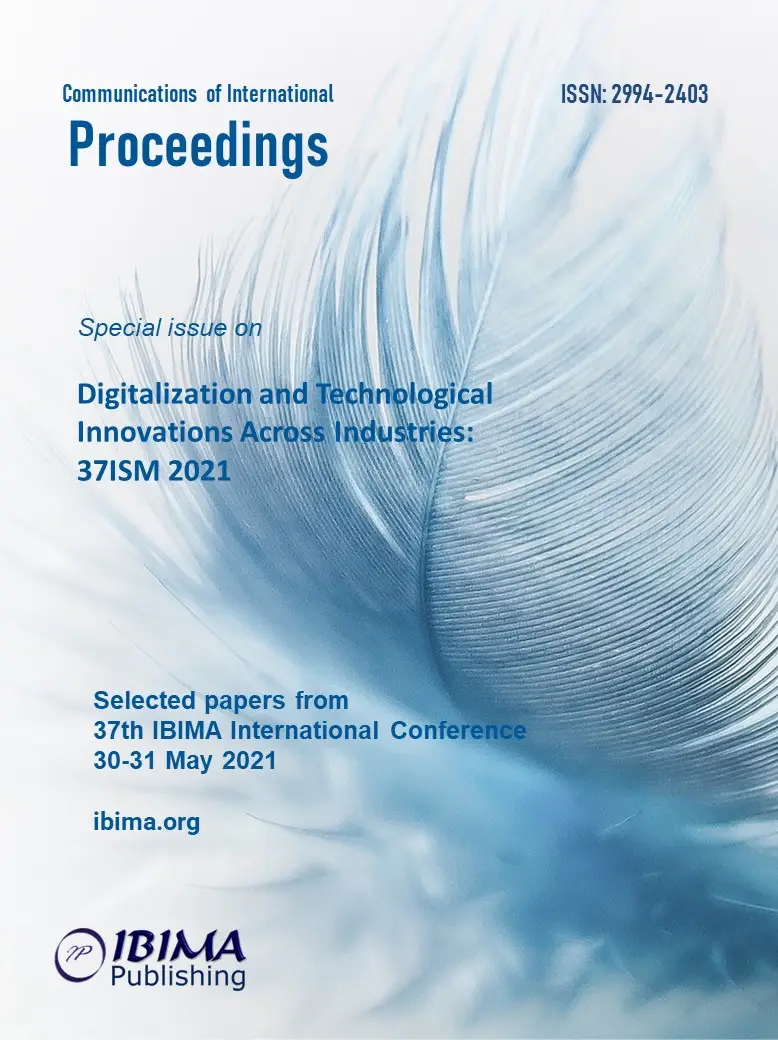
Malgorzata MISNIAKIEWICZ and Monika PIECZONKA
Cracow University of Economics, Poland

More than 9 million Poles are currently digitally excluded. It means they cannot use to the necessary extent a computer, mobile phone, or other electronic devices with Internet access to search for information needed, or to implement a number of other, obvious for majority of us activities available on line. 4.51 million Poles have never used the Internet, and another 1.82 million use the Internet sporadically. A significant part of these people, as many as 3.63 million, are elderly, withdrawn, lonely people, in whom modern technologies arouse fear and increase uncertainty. This group constitutes 80.4% of all inhabitants of Poland that do not use the Internet. The problem gained importance and began to grow with the lockdown of the coronavirus pandemic, which trapped thousands of seniors in their homes overnight. Older people deprived of contact with their loved ones, knocked out of the rhythm of the day became digitally invisible.
The article deals with the issue of digital exclusion of people aged 60+, the so-called silver generation. The aim of the analyses is to show the scale of the phenomenon and the consequences of digital exclusion of seniors, especially in the context of the quality of their life. The paper presents the forecasts related to the aging of the population in Poland and in this context discusses the effects of digital exclusion of older people. The results of the latest research on the use of new technologies by seniors and their limitations in this regard are briefly presented. Examples of initiatives aimed at reducing the scale of the digital exclusion of the elderly in Poland were identified.